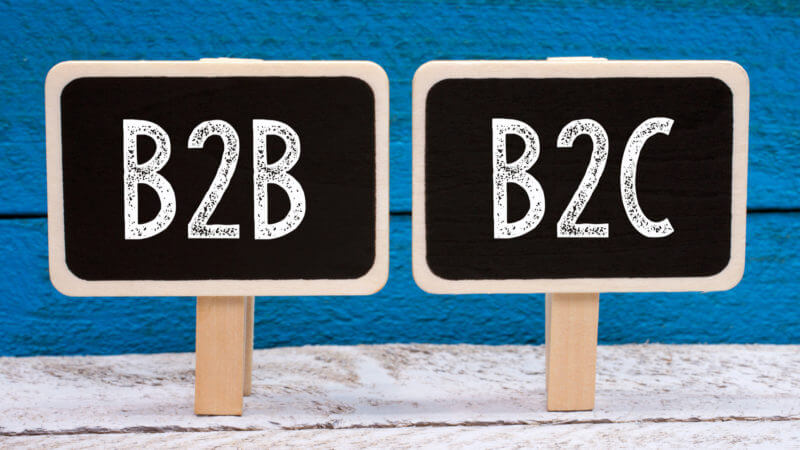We hope you enjoy reading this blog post
If you need help with website or marketing, book a call with our team for a free 360° overview and actionable recommendations report. Book a call

If you need help with website or marketing, book a call with our team for a free 360° overview and actionable recommendations report. Book a call

By now it is clear to everyone that the word design does not simply fit into the “beautification of objects” any longer. Every experience we have online and offline is perfectly crafted to connect with us and solve a problem or fill the need we have. Design is becoming a problem-solving tool for companies, governments, and society in general. Design is influencing our decisions and drives corporate growth. From Target to Uber, B2B and B2C business managers everywhere are starting to understand that the strategic use of design is making a difference in achieving outsized business results.
A great design has a well-defined brand that is always present, even when you’re not looking at a logo.
For designers working with B2B vs B2C companies creates a set of different design challenges. Both B2B and B2C are focused on the customer but typically B2C has a much simpler buying process than B2B.
B2C customers take a much shorter time to transition from interest to information and comparison, to the decision to buy. They are looking for convenience throughout the buying process and want quick access to the information to evaluate the product and make a purchasing decision. Fonts, colors and visual cues are key elements to guide the customer to the next step in their buying journey.
B2C customers need a smooth check out process. Different studies have shown that most of B2C customers hate when they’re forced to register to make a purchase and would rather buy elsewhere. B2C customers have a variety of options available and design is the key element for making your site stand out.
B2B purchasing on the other hand is multi layered process that requires nurturing the customer every step of the way. The design and visual representation of the product or a service can play a crucial role, especially with complex products and platforms.
Customers need a lot more information to understand the product or a service, ask questions, chat with customer service representative and get comfortable with the purchasing decision. During a Moz conference, founder Rand Fishkin mentioned that on average, customers return to Moz.com prior to purchasing the service about 30 times.
B2C purchases often associated with emotions. Good example is iPhone. It might have same features as Samsung but it is the Apple brand recognition that makes it a trendier phone to own. Branding is a big factor in driving emotions in the B2C world vs B2B sales. Brand has to be presented throughout online and offline experience, so customers could recognize and relate to it. Take a T-Mobile for example. Stores, website, sale posters and ads have a very unique brand and color. By the way T-Mobile magenta color was copyrighted by the company.
For B2B, risk aversion is a major psychological factor, hence there’s a greater need to bolster their trust in your product or service. For B2B buyers, you need more detailed information and specifications to convince them at every stage of the sales cycle. Whereas emotions are still important, as they influence all of us, but B2B purchase decision is based on cold, hard calculations and comparisons.
So, what are the implications for website design?
B2B and B2C websites have different audiences, with distinct needs.
When designing a website for a B2B company, you must address a long buying cycle with as much information as possible and keep in mind that nurturing the customer every step of the way is the key. On the other hand, B2C website design should have top tier visual design, UX and usability, short copy, compelling headlines and large images.
Please complete the form below and one of our team members will be in touch shortly.